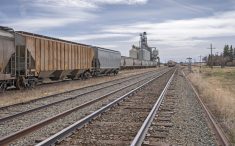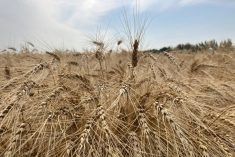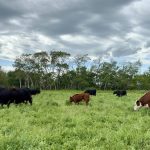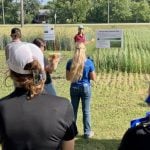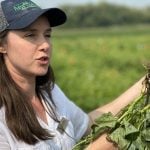Most river and creek water levels in southern Alberta have peaked or will do so in the next 24 hours as the overall high water situation improves.
The Alberta Emergency Management Agency reports that 400 to 500 people remain out of their homes due to flooding. Most of those are on the Blood Reserve, where the Belly River overflowed its banks.
As well, 950 homes across the south have been affected by either river or overland flooding, ranging from storm damage to sewer backup. Overland flooding has affected numerous municipal roads and secondary highways, and there is standing water in many fields.
Read Also
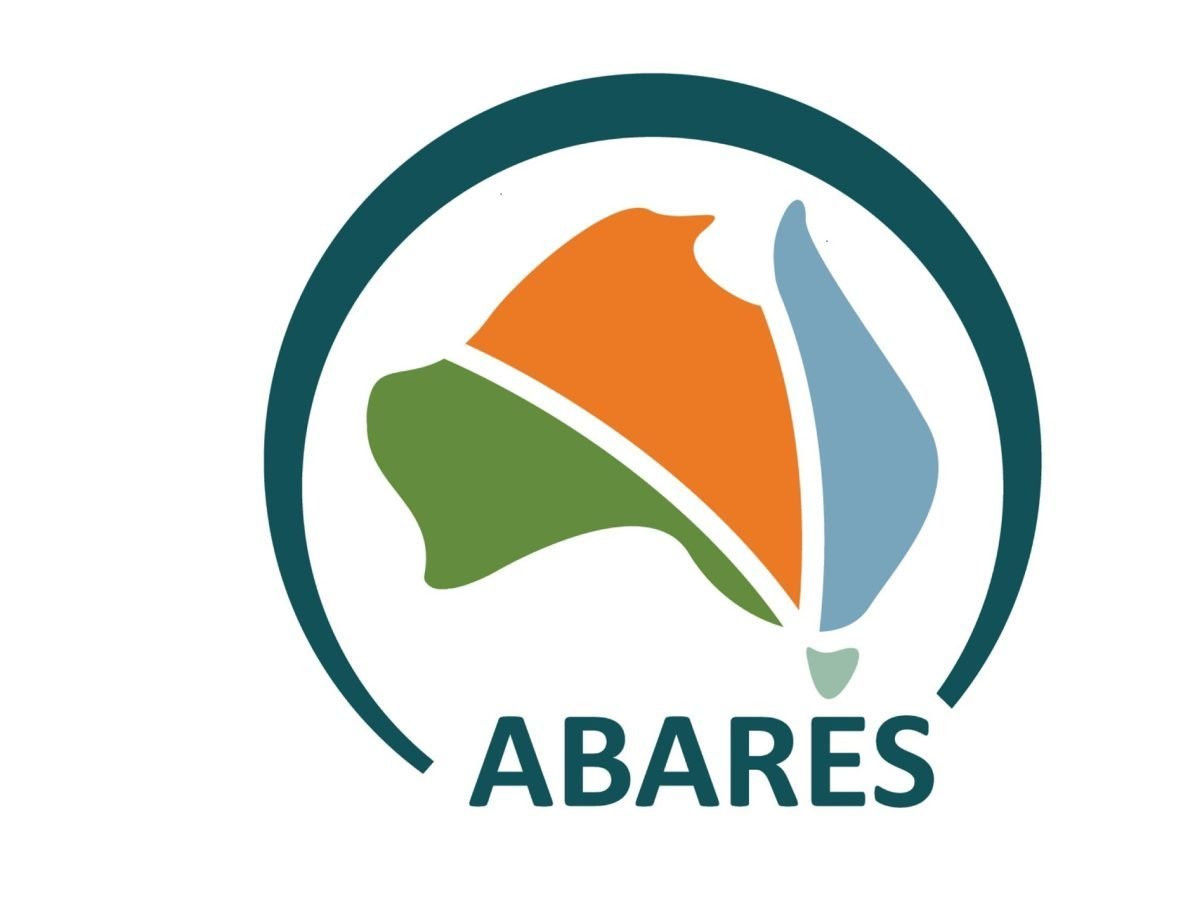
Australian crops to surpass 10-year averages
Australian farmers are forecast to grow slightly more canola and barley this year, while wheat production may dip, according to the latest estimates from the Australian Bureau of Agricultural and Resource Economics and Sciences (ABARES).
Ten communities remain in locally declared states of emergency, including the Blood Reserve, Lethbridge County, M.D. of Taber, M.D. of Willow Creek, Municipality of Crowsnest Pass, City of Medicine Hat and the towns of Coaldale, Claresholm, Magrath and Fort Macleod.
The towns of Coalhurst and Cardston have ended their declared states of emergency.
Medicine Hat is bracing for another 1.6 metre increase in South Saskatchewan River levels. Peak flow of 2,800 cubic metres per second is expected to reach there Saturday afternoon or evening.
Evan Friesenhan, director of river forecasting, said preliminary figures show regional dams had a significant role in reducing peak flows downstream.
He said the Oldman Dam reduced peak levels by 25 percent, the St. Mary Dam by 46 percent and the Waterton Dam by 16 percent.
Flood warnings issued by Alberta Environment remain in effect for the South Saskatchewan River, Waterton River, Waterton Lake, Belly River and Willow Creek.
Flood watches continue for the Milk, Little Red Deer, Oldman and St. Mary rivers and for Mosquito Creek.




